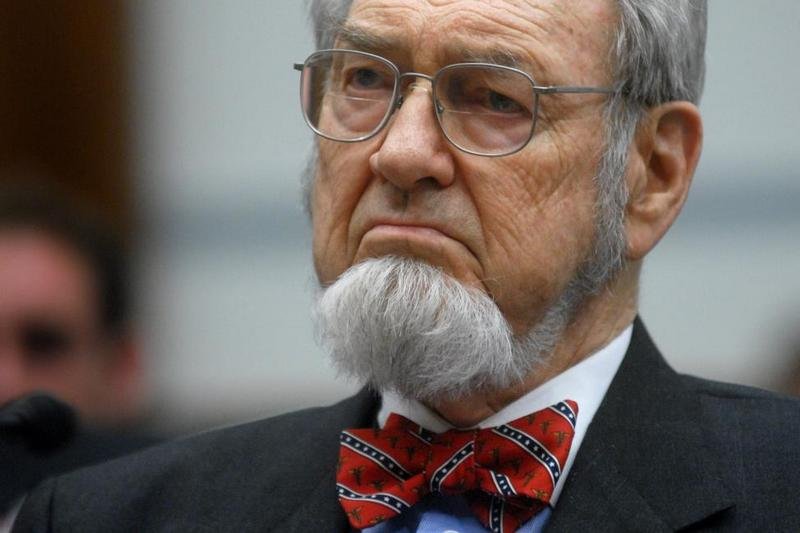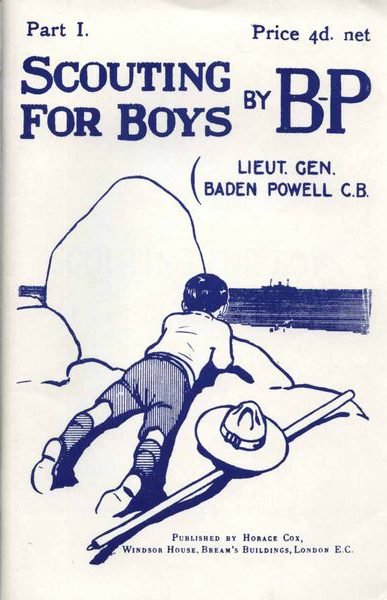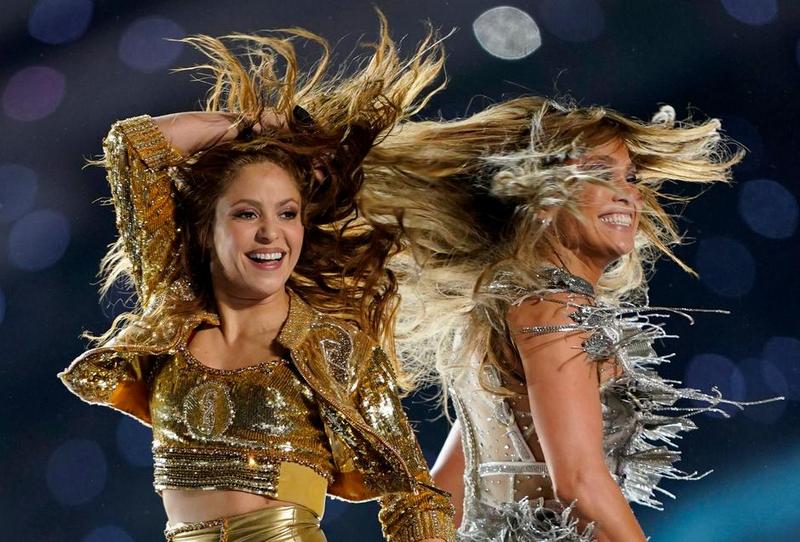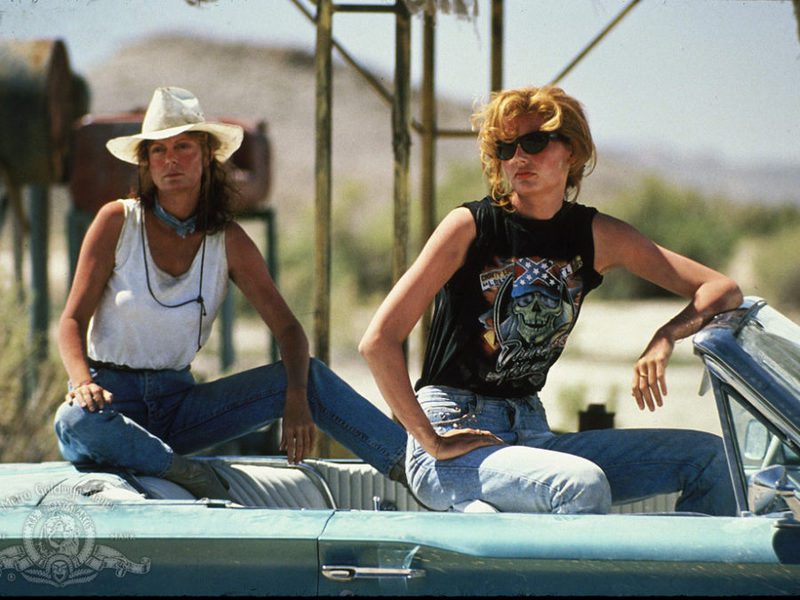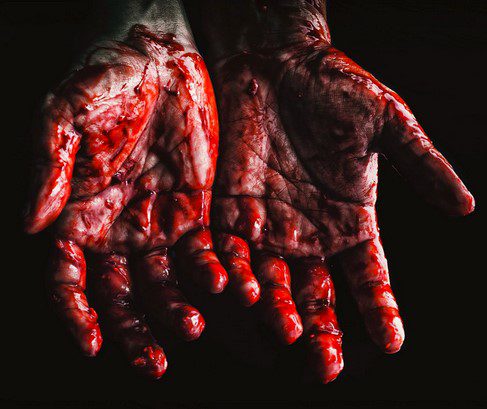
Guest post by MJ Lisbeth
Three weeks ago, my cousin passed away.
I learned of his death in a text from his sister. Seeming to anticipate my question, she said it had nothing to do with COVID-19. Rather, he had fallen asleep for the last time.
By today’s standards, he was young to have died that way. Still, it somehow wasn’t a surprise: Given his condition, it’s almost surprising that he made it into his mid-50s. He never learned how to speak or feed himself; he never acquired the basic day-to-day skills most of us have — whether through instruction or osmosis — by the time we’re about three or four years old. Lacking in motor control, he could not walk without supervision, and even with help, those walks were brief. Other kinds of exercise were out of the question, so he — who was naturally big — became obese, which may have led to other conditions he developed.
For most of his life, he was institutionalized. In fact, he was a patient at one of the most notorious mental hospitals — Willowbrook State School, in Staten Island, New York — when a local Eyewitness News reporter exposed conditions that would have made Hard Times seem like Pollyanna. (I once told someone, only half-jokingly, that my cousin helped to make Geraldo Rivera famous.) At the time of his death, my cousin — whom I’ll call Randall — had been living in a group home for more than half of his life.
Although he didn’t succumb to COVID-19, his demise seems — at least to me — connected to a colleague, a student and a friendly acquaintance of mine who died that way. And their deaths all made me angry for the same reason.
My aunt was a devout Roman Catholic who later became an Evangelical Christian. When Randall was a toddler and his sister — whom I’ll name Lorinda — was entering school, they had serious problems. Randall, as I mentioned, wasn’t developing in normal ways. Lorinda, on the other hand, was very intelligent and articulate, but had difficulties that, as it turned out, were related to her vision. Then, as now, my aunt believed that faith and prayer could heal. That also meant that her children’s maladies were a signal from God that she had been, in some way, sinful. In the milieu in which I grew up — pre-Vatican II Catholic in a post-Vatican II world — such beliefs were still common.
Lorinda nearly went blind. Only intervention from a social worker got her the treatment she needed. That same social worker helped to secure a place for Randall at Willowbrook, apparently unaware of its dire conditions. To be fair, at that time, half a century ago, there was little, if any, effective treatment available anywhere in the US for profoundly retarded people.
My anger over what Lorinda and Randall endured at such a tender age re-surfaced with the deaths of my colleague, student and friend because, at bottom, one cause of their deaths was misguided and manipulated religious faith. One reason why leaders at every level of government in the United States have responded to the threat of COVID-19 in ways that were ineffectual, duplicitous, or simply callous is pressure from fundamentalist religious organizations, whether Evangelical Christian in “red” states or Ultra-Orthodox Jews (whose political and social stances are all but identical to those of Evangelical Christians) in large “blue” cities. Some of those leaders are fundamentalists; others, like the President, have allied themselves with the Christian equivalents of Wahhabis because they know their election (or re-election) prospects depend on doing so. That is why mayors, governors, and the President have been willing to throw science to the wind and allow religious gatherings — as if such congregations are any less likely to spread the virus than, say, a concert, art opening, or sporting event.
I am angry today because cynical, rapacious political and religious leaders are still playing on people’s insecurities, and stoking their fears, to inculcate them with disproved notions about who or what is causing illness and pandemics—and how to deal with those things. The blood of my cousin, colleague, student and friend is on their hands.



